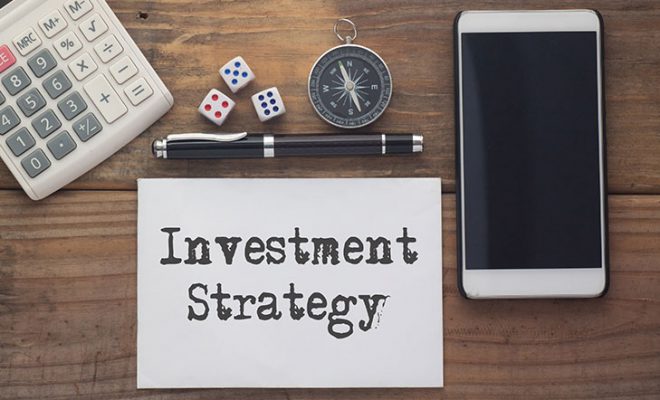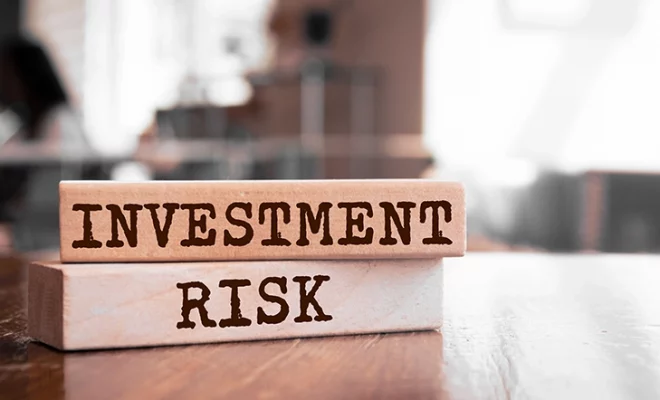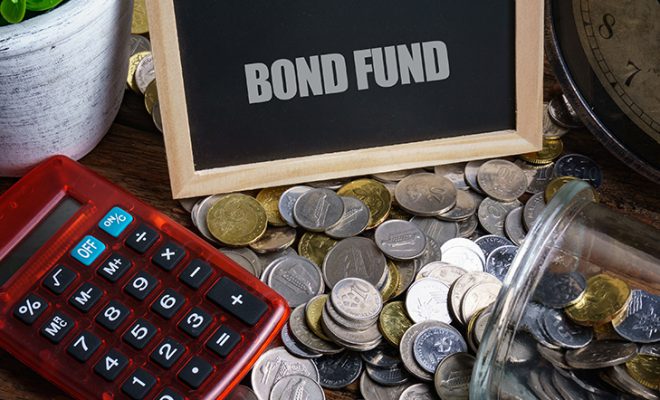Different Asset Classes and How to Incorporate them in your Investment Strategy

Investing is one of the most crucial financial decisions people make in their life. The world of investments is an extremely vast domain with numerous options to deal with. However, not many investors are familiar with all the asset classes that the investment market offers. Improper knowledge and experience sometimes leads them to investing in similar tools as their peers, without understanding the implications of these investments on their portfolio.
It is important to understand the right approach to investing and how it impacts you personally. There are different asset classes available in the financial market, but before you start investing, here’s what you should know:
Table of Contents
What is an Asset Class?
An asset class is a group of similar types of financial products that you can invest in. For example, if you invest in cars, trucks, bikes, buses, jeeps, etc., then your general asset class is automobiles. The assets can be classified on the bases of various factors like demographics, industry, assets under management, etc.
Here are the different types of asset classes:
1. Equities
Investing in equities is also known as investing in stocks and is essentially like investing in a piece of the company. These assets are traded on stock exchanges like NASDAQ, NYSE, etc. The investors profit from the rise in the price of the shares they have invested in, or by the dividends they receive on their investment. Equities are generally divided into three main categories:
- Large cap stocks
- Mid cap stocks
- Small cap stocks
This division is made on the basis of market capitalization that these stocks hold.
2. Debt or Fixed Income Securities
When you invest in fixed income assets, you lend money to the government if you invest government securities, and to a private company if you invest in private securities. The assets under this category are certificate of deposits, G secs, and other types of bonds. You should know that debt securities present lower risk as compared to equity assets.
3. Cash equivalents
The money that you save in savings accounts at the bank or as cash in online wallets, falls under the category of cash and cash equivalents. These assets are also called money market instruments and account for high liquidity. Such investments are usually used as emergency funds to cover unexpected expenses.
4. Real Estate
Real estate investments include buying property such as apartments, homes, commercial spaces, REITs, agricultural land, etc. Since real estate exists in physical form, these assets are tangible in nature and are the most preferred asset class in traditional investing.
5. Commodities
The investments in physical commodities like gold, diamond, or precious metals, etc, fall under the commodities asset class.
6. Financial Derivatives
Financial derivatives are also called future derivatives. The instruments under this category are Forex markets, futures contracts, and other financial derivatives. Derivatives are derived instruments that are dependent on an underlying asset. For example, stock options are derived from stocks.
Assets Based on Market Capitalization
What is Market Capitalization?
Market capitalization is the evaluation of a company’s outstanding share of stocks in terms of total dollar market value. Market capitalization is the result of the current share price, multiplied by the total outstanding shares of a company. For example, company XZY that has total outstanding shares worth $10,00,000 with the current share price at $50, will have a total market capitalization of $50,00,000. Market capitalization is reflective of a company’s size.
Based on market capitalization, there are three types of assets:
1. Large Cap Funds
The funds that invest in companies with large market capitalization are called large cap funds. Large cap funds are highly rewarding and reliable as they are linked to major market players who have had an excellent track record in the past. These companies generally pay regular dividends to the investors and help in wealth creation. The mutual funds that invest in such companies are large cap funds.
2. Small-Cap Funds
The funds that invest in small cap companies are called small cap funds. Small cap companies are the young and growing companies that have a promising potential to grow. Small cap companies are however the most vulnerable to market fluctuations as they are not well-established businesses. The flipside to this is their wide scope for growth and business. Investors with a decent risk tolerance look forward to investing in small cap funds. These funds show a high spike during a bullish market but the trend moves heavily downwards when the bearish markets strike.
3. Mid Cap Funds
The funds that lie between large cap and small cap funds are called mid cap funds. Mid cap funds are a safe deal to invest in, since they possess the stability of large cap funds and the growth potential of small cap funds. Mid cap funds generally outperform their large cap counterparts, since their growth potential is quite high and there is no dearth of opportunities. Investors looking forward to investing in instruments that are both high in growth and pro-stability usually invest in mid cap funds. The risk factor also lies in the middle with these funds, as they are riskier than large cap funds but safer than small cap funds.
How to incorporate assets in your investment strategy?
Asset classes are an important part to consider while building a financial strategy. Depending on various factors like risk tolerance, diversification, investment horizon, and the money at disposal, you can curate your financial strategy.
If you are a conservative investor, you can opt for investing in securities like debt securities or fixed assets, commodities, real estate, and cash and cash equivalents, which are all low risk instruments. You can also consider investing in debt mutual funds. Depending on how comfortable you are with taking risk, you can also choose to invest in equities.
On the other hand, if you are an aggressive investor, you can opt for investing a large portion of your money in equities and some in debt or fixed income securities to ensure the stability of your investment portfolio.
To sum it up
If you are planning to make an investment across different asset classes, it is important that you consider all the options at hand. Making a decision to incorporate these assets is also relative to your other life goals. There is no fixed solution to building a strategy as the above factors can vary person to person.
Too many options can be confusing. Do you need more information on different types of asset classes? You can consider taking professional advice from financial advisors.
















